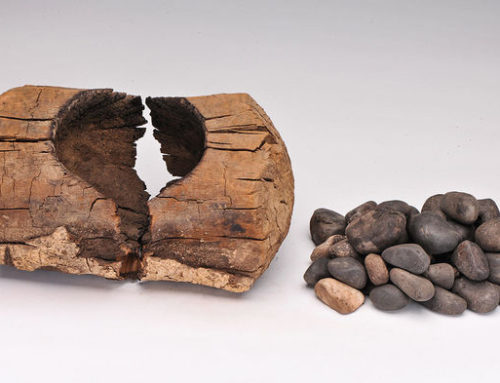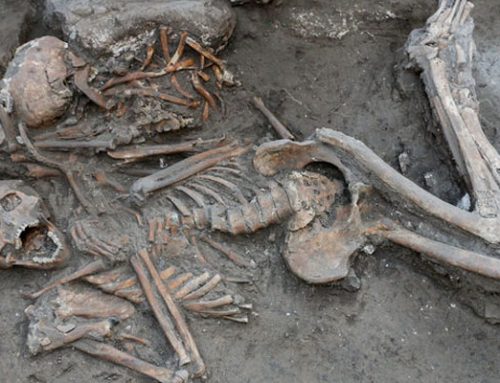The mission to give the Hubble Space Telescope a new lease on life is just the tail end of a long and bitter battle waged by scientists, who won critical support from politicians and the public, after a previous mission was canceled in the wake of the Columbia disaster.
It’s the ultimate house call. Orbiting 500 kilometers above Earth, astronauts should soon begin the laborious and dangerous task of repairing and renovating the world’s most famous telescope. Juggling 60 new tools, wrestling with more than 100 pesky screws, and dodging countless micrometeoroids, the crew of the Atlantis orbiter aims to refurbish the Hubble Space Telescope during five feverish days. “This is no piece of cake,” says Edward Weiler, NASA’s space science chief. “But there’s a huge payoff.”
The astronauts’ task in orbit, however, is just the tail end of a long and bitter battle. The fight began in 2004, in the wake of the Columbia disaster, when NASA officials decided that returning to the $1.5 billion Hubble posed an unacceptable risk to astronauts and the space shuttle. “That threw the [astronomy] community into a frenzy,” recalls Eric Smith, NASA’s program scientist for the Hubble. Researchers, he adds, were eager to keep Hubble going until the James Webb Space Telescope (JWST) goes into orbit in the next decade. But without a fifth servicing mission, Hubble was likely to go on the blink by 2007 or 2008.
Scientists were not the only people flummoxed and infuriated by the decision. “The public had a great sense of ownership,” Smith recalls. Angry editorials appeared, congressional hearings were called, and then–NASA Administrator Sean O’Keefe was put on the defensive. Efforts to send a robotic mission to upgrade the telescope fell through when high cost and technical risk made it an unrealistic option. O’Keefe eventually resigned, in part, NASA insiders say, because the White House lost faith in him because of the controversy. At the prodding of Congress, his successor, Michael Griffin, reversed the decision in October 2006.
A second shuttle will be poised on the launch pad when Atlantis roars into space, in case a space rescue is necessary. And the crew is experienced: John Grunsfeld flew twice on earlier repair missions to the telescope. The astronauts have been undergoing years of grueling training sessions at Johnson Space Center in Houston, Texas. Along with installing two new instruments (see main text), the crew will replace failed and failing batteries and gyroscopes with new ones designed to allow Hubble to function at least until 2014—a year after JWST is slated to take to the stars. They will also replace Hubble’s data formatter, which failed just weeks before a planned October 2008 launch of the Atlantis mission, forcing NASA engineers to postpone the flight by several months while they readied replacement hardware and trained the crew to install it.
The sheer complexity of the task, which will require two more days of spacewalks than previous repairs did, is not the only concern. Hubble flies higher than the space station and is exposed to a greater amount of rocket and satellite debris as well as to micrometeoroids that burn up at lower altitudes. To avoid that space junk, which could puncture the shuttle, the pilot will turn the craft’s rugged main engines in the direction most likely to encounter oncoming debris.
If the complex effort proves successful, NASA officials say that it will demonstrate conclusively that humans can play an important role in future robotic missions—what Smith calls “the beautiful dance between man and machine.”




